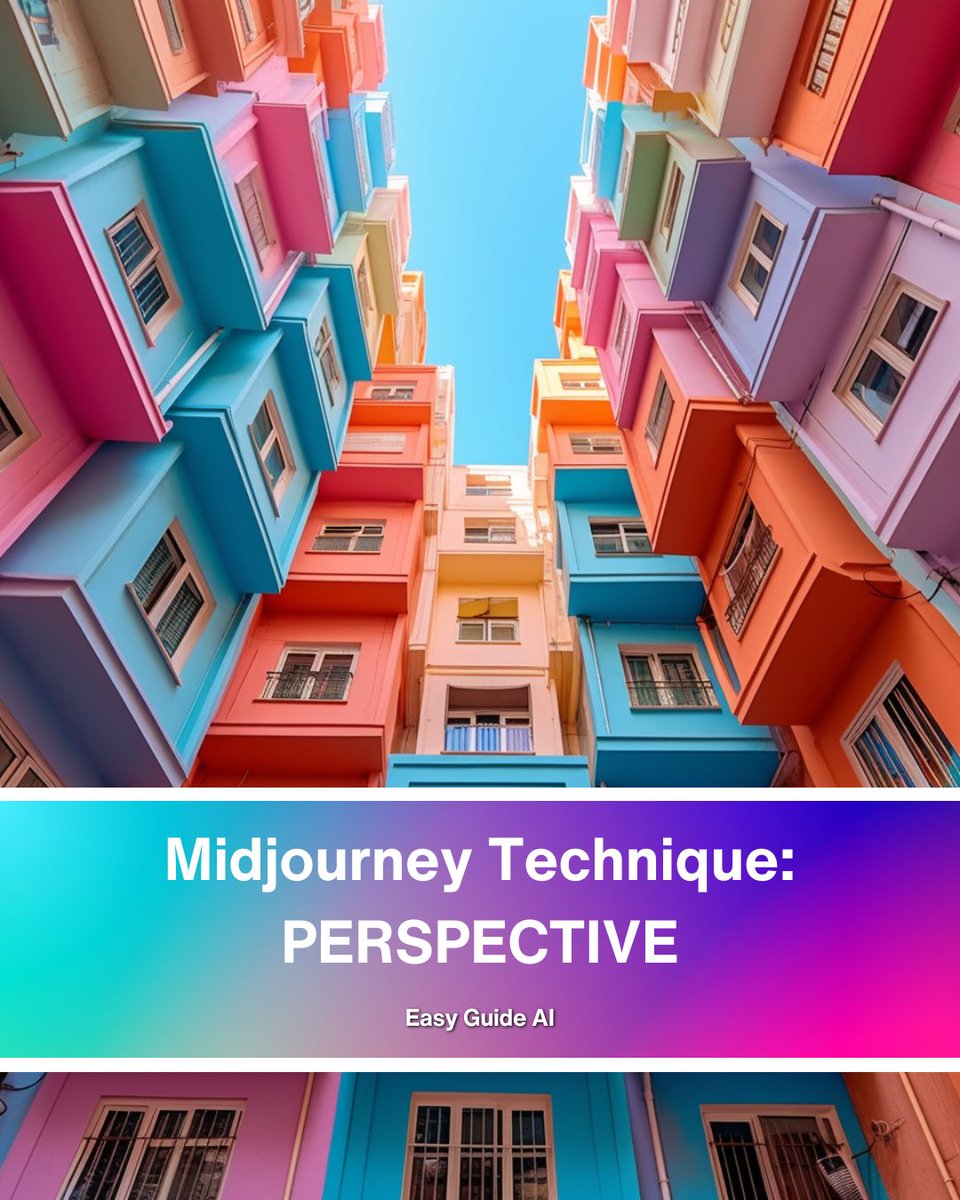📕Image Prompt Guide: Vintage Grain
✍️Prompts below
📸Share your pics!
What techniques do you want our next guide to cover?
#AIart #AIphoto #midjourneyart #AIguide
✍️Prompts below
📸Share your pics!
What techniques do you want our next guide to cover?
#AIart #AIphoto #midjourneyart #AIguide

Prompt:
"scratched grainy effect, textured, vintage film-like grain photo of [insert subject]"
#MidjourneyAI #aiportraits


"scratched grainy effect, textured, vintage film-like grain photo of [insert subject]"
#MidjourneyAI #aiportraits



When to use:
Grain brings an authentic touch to your moody portraits and lends an old-world charm to street photography. Add emotion, age and nostalgia.
When to avoid:
Be cautious while shooting landscapes or macro images, where high detail is key, as grain decrease sharpness.


Grain brings an authentic touch to your moody portraits and lends an old-world charm to street photography. Add emotion, age and nostalgia.
When to avoid:
Be cautious while shooting landscapes or macro images, where high detail is key, as grain decrease sharpness.



Example shots:
- Moody monochrome portraits,
- gritty urban scenes,
- still life images with an old-world charm.
#aiartcommunity


- Moody monochrome portraits,
- gritty urban scenes,
- still life images with an old-world charm.
#aiartcommunity
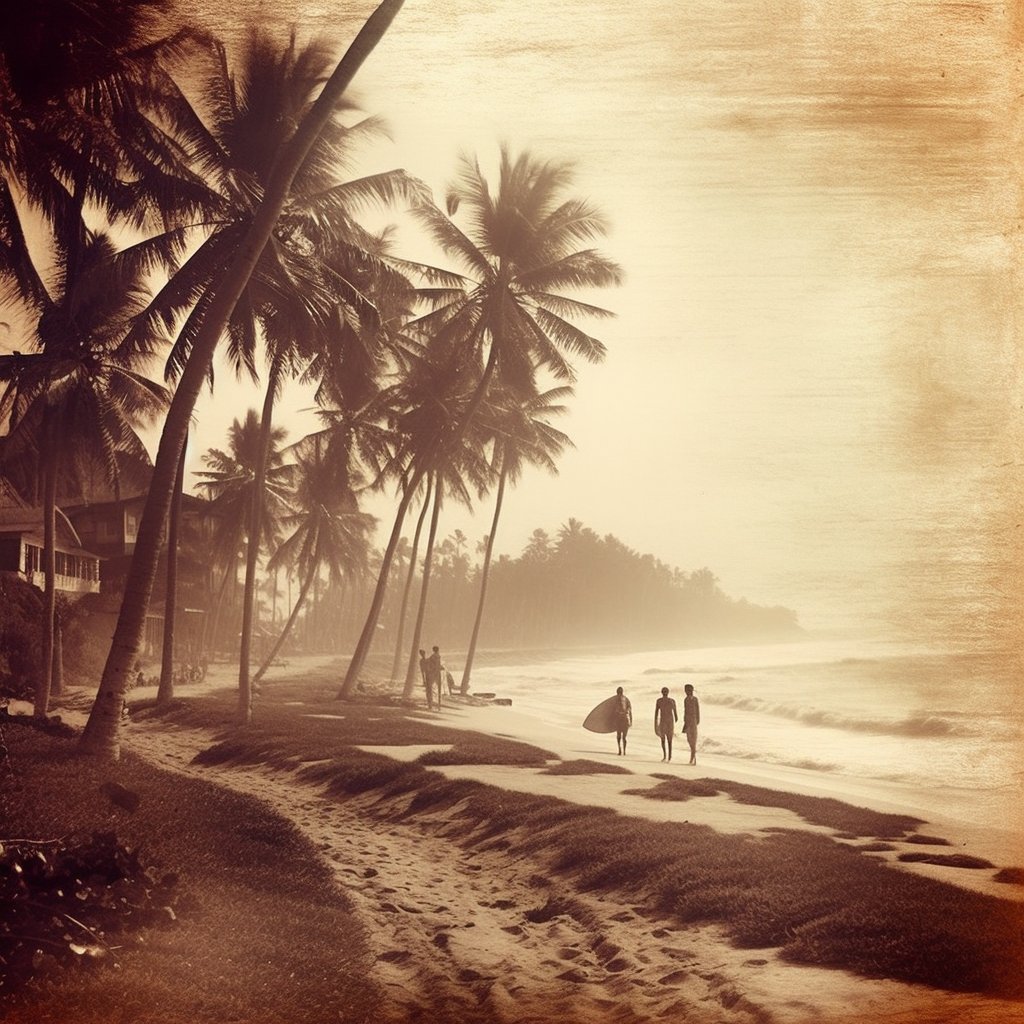


Bonus example: Surfing at Sunset
This is our different expression (compared to the 'normal' vintage pics)
I'm in love with how it captures seas spray with the glow of sunset❤️❤️
#aiartcommunity


This is our different expression (compared to the 'normal' vintage pics)
I'm in love with how it captures seas spray with the glow of sunset❤️❤️
#aiartcommunity



• • •
Missing some Tweet in this thread? You can try to
force a refresh

 Read on Twitter
Read on Twitter










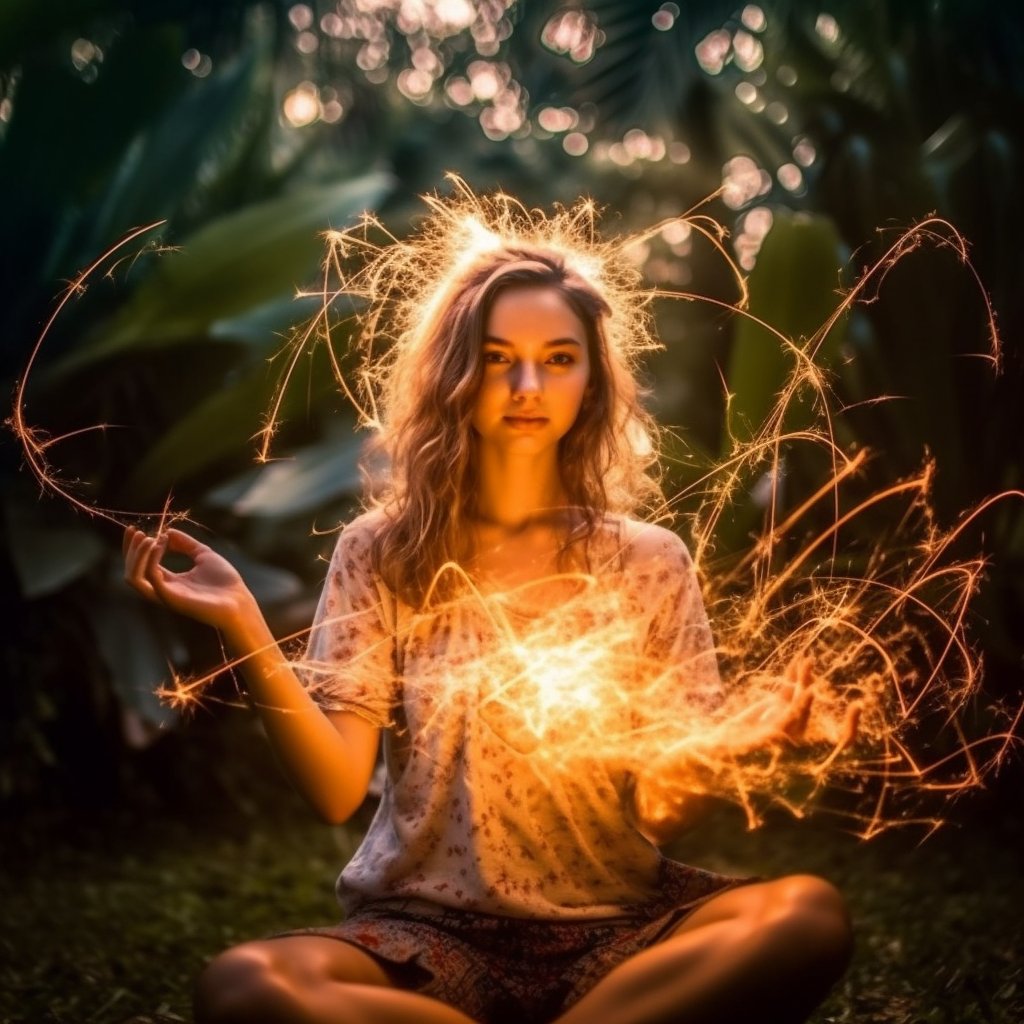

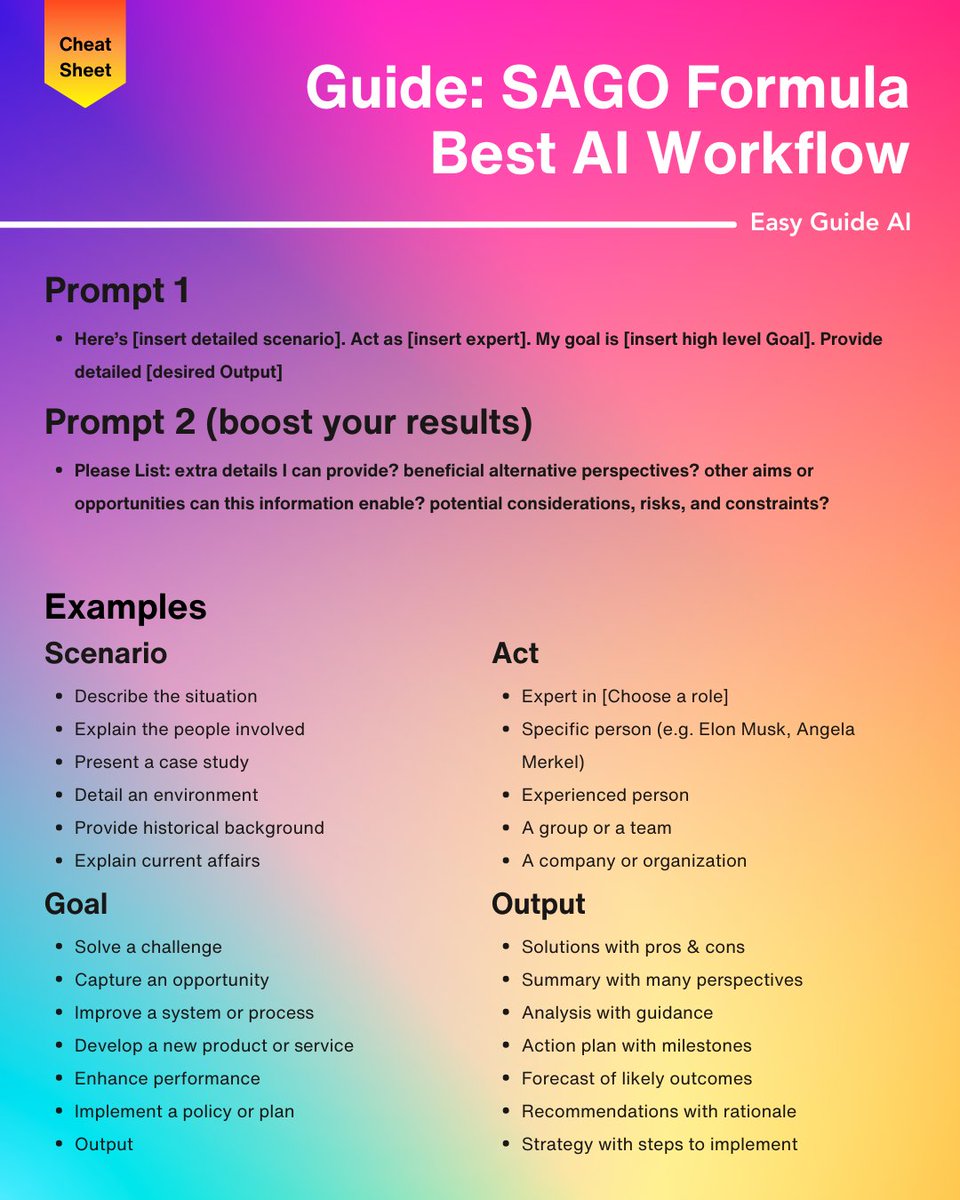



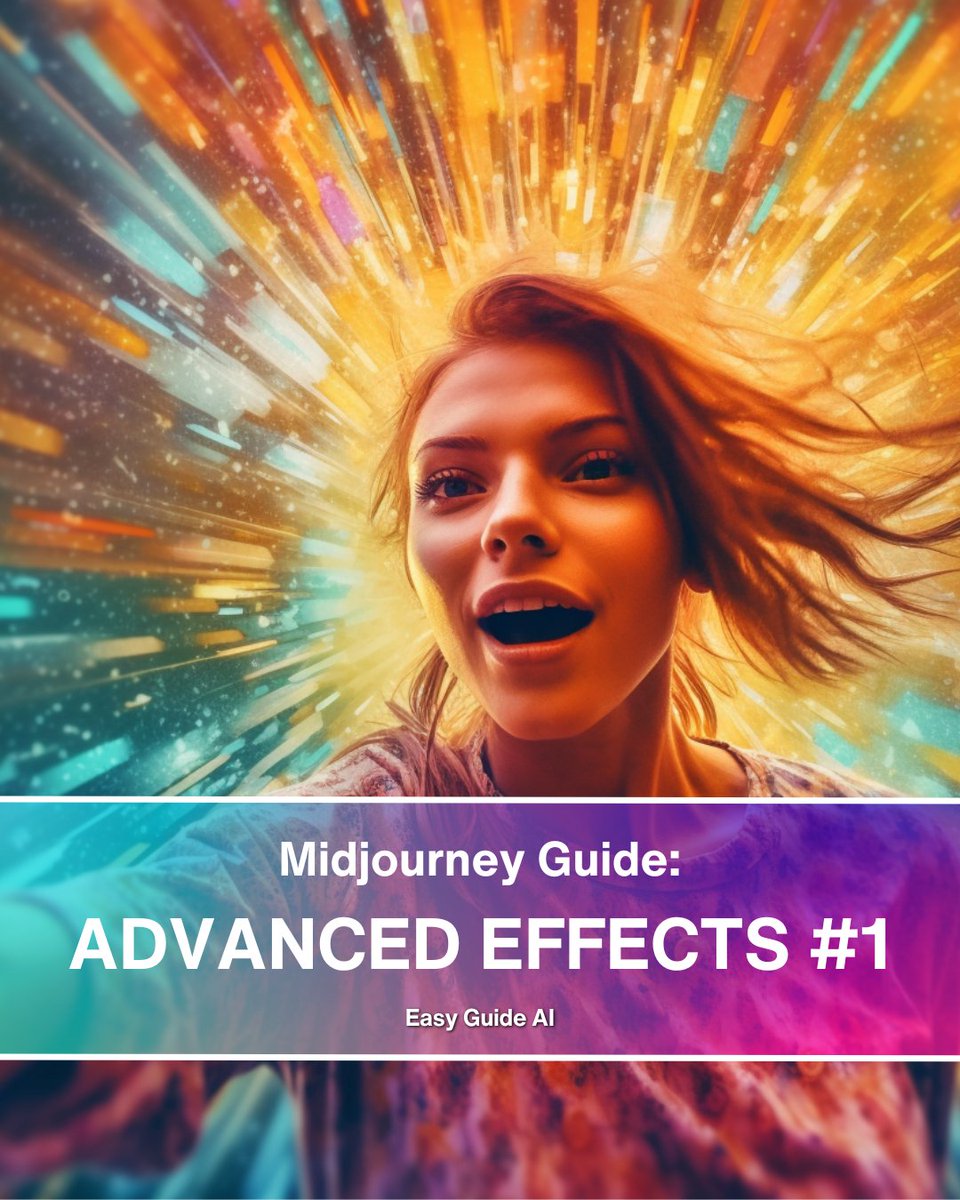
![[nature photography] with s...](https://pbs.twimg.com/media/FxnwTBmXwAEnQZf.jpg)
![Bokeh photo of [girl] in th...](https://pbs.twimg.com/media/FxnwD_-X0AE3d9R.jpg)
![Bokeh photo of [girl] in th...](https://pbs.twimg.com/media/Fxnwu-wX0AAe6LJ.jpg)

![Double Exposure [portrait] ...](https://pbs.twimg.com/media/FxnyxViWAAICFag.jpg)
![Double Exposure [portrait] ...](https://pbs.twimg.com/media/FxnytOFX0AUNN23.jpg)





